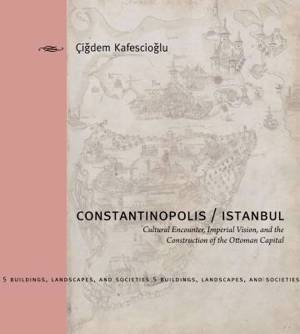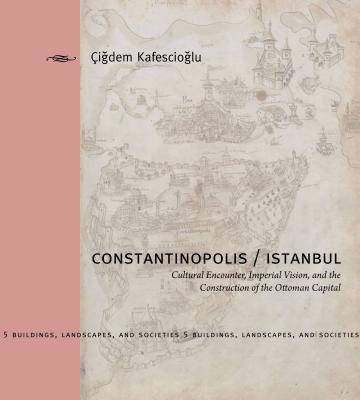
- Retrait gratuit dans votre magasin Club
- 7.000.000 titres dans notre catalogue
- Payer en toute sécurité
- Toujours un magasin près de chez vous
- Retrait gratuit dans votre magasin Club
- 7.000.0000 titres dans notre catalogue
- Payer en toute sécurité
- Toujours un magasin près de chez vous
Constantinopolis/Istanbul
Cultural Encounter, Imperial Vision, and the Construction of the Ottoman Capital
Çiğdem KafescioğluDescription
A symbolic locus embodying myriad meanings, the political center of the eastern Mediterranean, and one of the old world's largest urban centers, Constantinople was the site of large-scale urban and architectural interventions. Changing visions--the changing political, cultural, and religious orientations of those who lived there and those who ruled from there--inscribed themselves in its spaces, transforming it and lending it new meanings. Constantinopolis/Istanbul is about such a period of change and remaking: following its capture in 1453, the city was host to a grandly conceived urban project meant to rebuild and transform the capital of Eastern Rome as the capital of the Ottoman Empire.
Çiğdem Kafescioğlu traces the construction and representation of Ottoman Istanbul, threading histories of politics, culture, and architecture into the fabric of the urban landscape. Attentive to the preservation and destruction of artifacts from the past, Constantinopolis/Istanbul shapes an understanding of emerging modes of spatiality and visuality in Ottoman Istanbul as central components of a complex and fascinating urban process, that of the creation of a capital city through the interpretation and appropriation of another.
Spécifications
Parties prenantes
- Auteur(s) :
- Editeur:
Contenu
- Nombre de pages :
- 346
- Langue:
- Anglais
- Collection :
- Tome:
- n° 5
Caractéristiques
- EAN:
- 9780271027760
- Date de parution :
- 01-01-10
- Format:
- Livre relié
- Format numérique:
- Genaaid
- Dimensions :
- 231 mm x 259 mm
- Poids :
- 1700 g

Les avis
Nous publions uniquement les avis qui respectent les conditions requises. Consultez nos conditions pour les avis.






